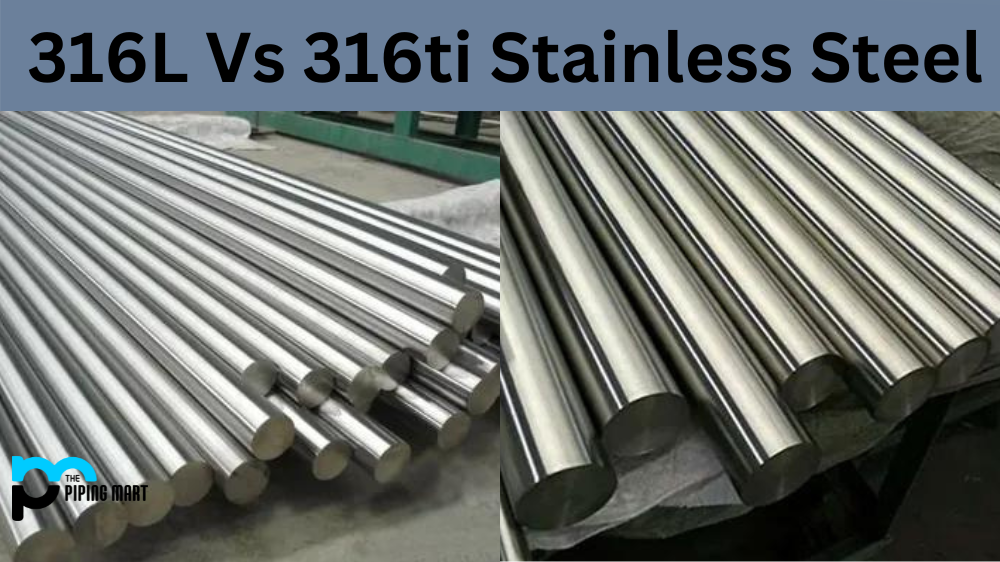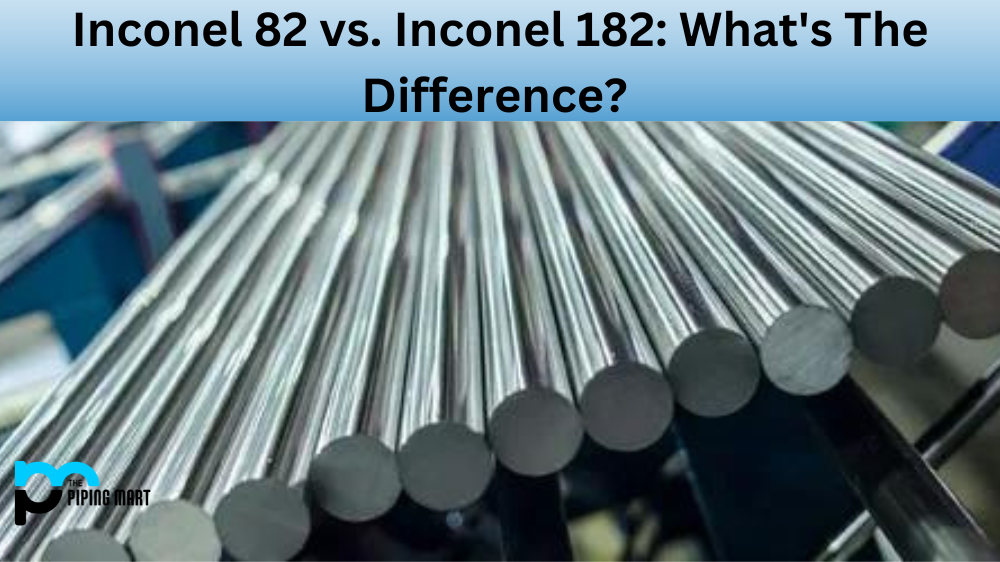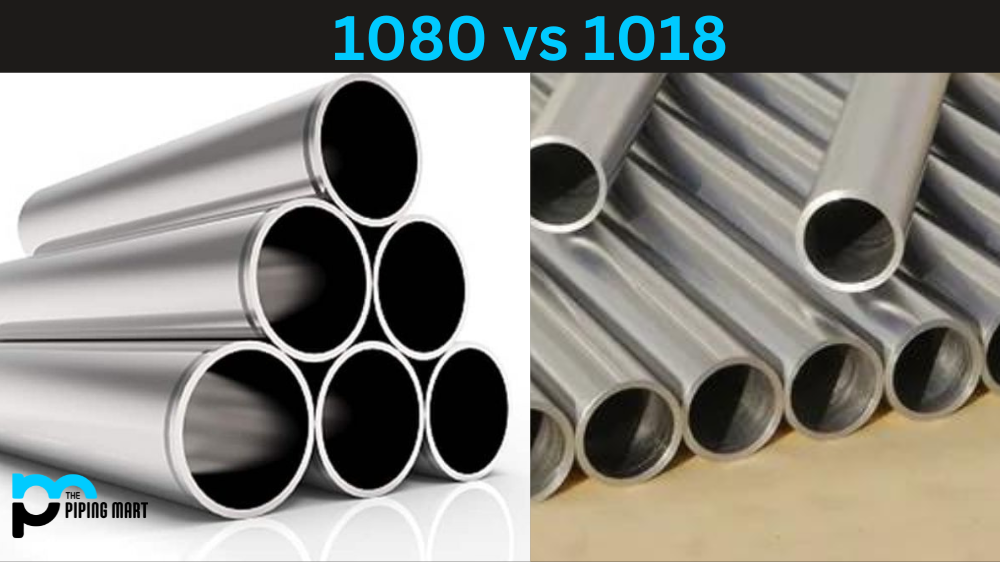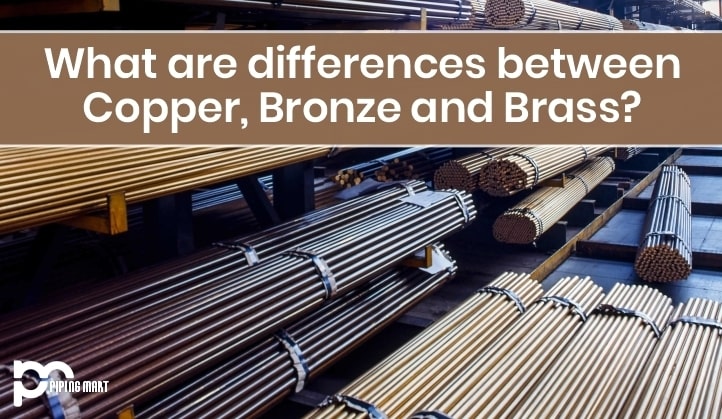Stainless Steel is one of the most versatile materials in the world, used in countless different industries. One type that’s often overlooked but essential is 316L and 316Ti stainless steel. They may sound similar, but some important differences set them apart. Read on to find out why you should use either 316L or 316Ti stainless Steel for your project.
What Is 316L Stainless Steel?
316L Stainless Steel is an austenitic chromium-nickel-molybdenum alloy. It provides excellent corrosion resistance against various chemical and industrial environments, making it well-suited for applications such as medical equipment, housewares, and automotive components. Its low carbon content makes it ideal for welding and forming operations without the risk of carbide precipitation.
What Is 316Ti Stainless Steel?
316Ti stainless Steel is also an austenitic alloy with a C = 0.08% maximum carbon content. Like other ferritic grades of stainless Steel, this alloy has a higher working temperature than other austenitic grades (up to around 600°F). However, its superior resistance to chloride pitting and crevice corrosion makes it ideal for applications involving saltwater or brackish water exposure — such as marine components like propellers and shafts — and food processing equipment like tanks and pumps.
Differences Between 316L and 316Ti Stainless Steel
The main difference between these two alloys lies in their composition; At the same time, both are austenitic alloys with similar chromium-nickel contents, and the addition of titanium to the latter creates a stronger chemical bond between atoms which helps boost its corrosion resistance properties. The titanium also increases the working temperature range at which this alloy can be used safely compared to other austenitic alloys. This makes it more suitable for use in high-temperature environments such as foundries or chemical plants where other materials might not be able to withstand extreme temperatures without suffering damage or corrosion over time. Additionally, while both types of stainless Steel are nonmagnetic when cold worked (i.e., hardened), only 316Ti remains nonmagnetic when heated above 600°F — making it useful for certain shielding applications requiring magnetic immunity at elevated temperatures (such as nuclear reactors).
Chemical Composition
The main difference between 316L and 316Ti stainless Steel is the composition. 316L contains low carbon, while 316Ti contains titanium. Titanium is a rare metal used in many industries for its strength and resistance to corrosion.
Mechanical Properties
The mechanical properties of 316L and 316Ti stainless Steel are also different. 316L is softer and more ductile, while 316Ti is harder and stronger. This difference in properties is due to the different compositions of the two metals.
Corrosion Resistance
Both 316L and 316Ti stainless steel have excellent corrosion resistance. However, 316Ti has better resistance to high temperatures and can be used in elevated-temperature applications, such as exhaust systems.
Cost
The cost of 316L and 316Ti stainless Steel is also different.316L is less expensive than 316Ti, making it the more popular choice for many applications. However, if high-temperature resistance is required, then316Ti may be the better choice despite the higher cost.
Uses
Some common uses for each type of stainless Steel include:
- 316L: food processing equipment, surgical instruments, marine applications
- 316Ti: chemical processing equipment, heat exchangers
Conclusion:
Whether you need an alloy that can stand up to high temperatures or one with superior corrosion resistance properties, choosing between these two types of stainless Steel can seem daunting at first glance — but understanding their differences can help you decide which one is right for your project needs! Both 316L and 316Ti provide excellent protection from everyday wear and tear while providing excellent weldability and formability — so no matter which type you choose, you’re sure to get great performance from your application!

A passionate metal industry expert and blogger. With over 5 years of experience in the field, Palak brings a wealth of knowledge and insight to her writing. Whether discussing the latest trends in the metal industry or sharing tips, she is dedicated to helping others succeed in the metal industry.




